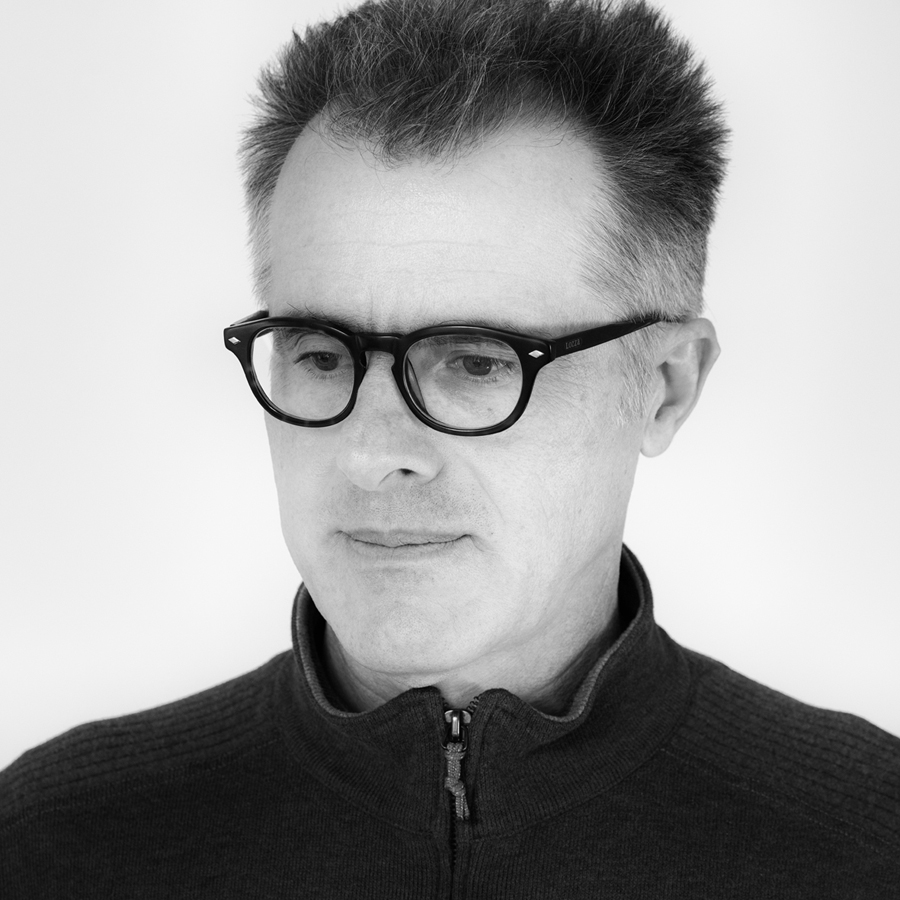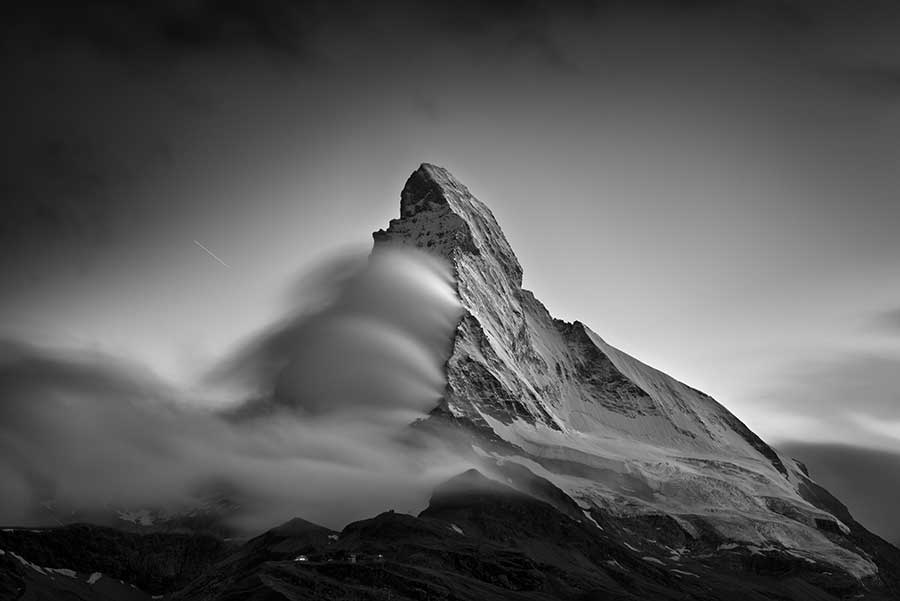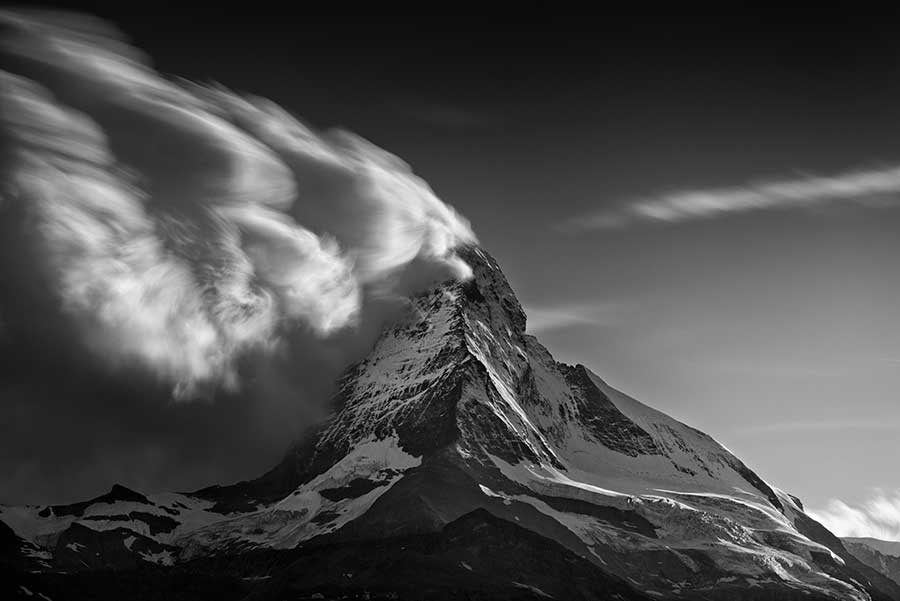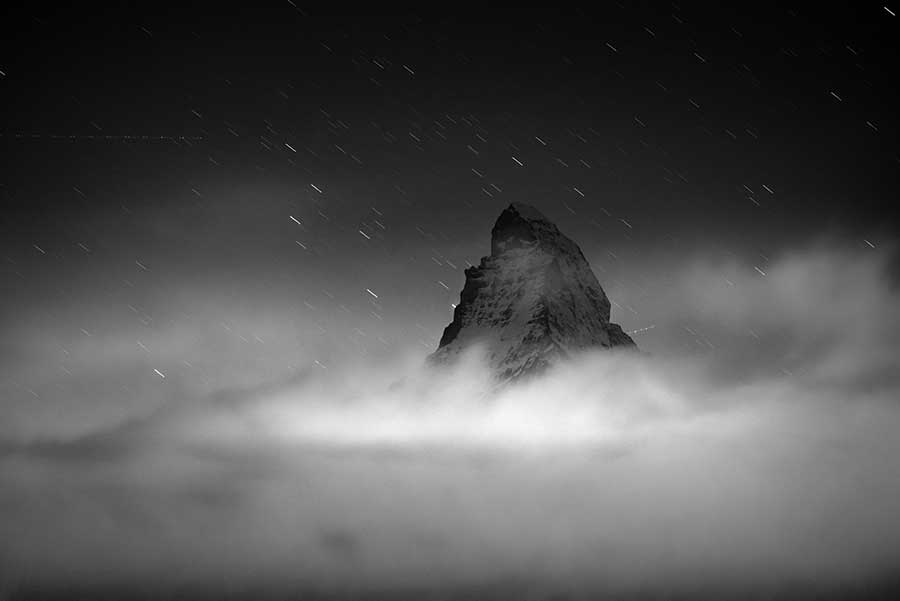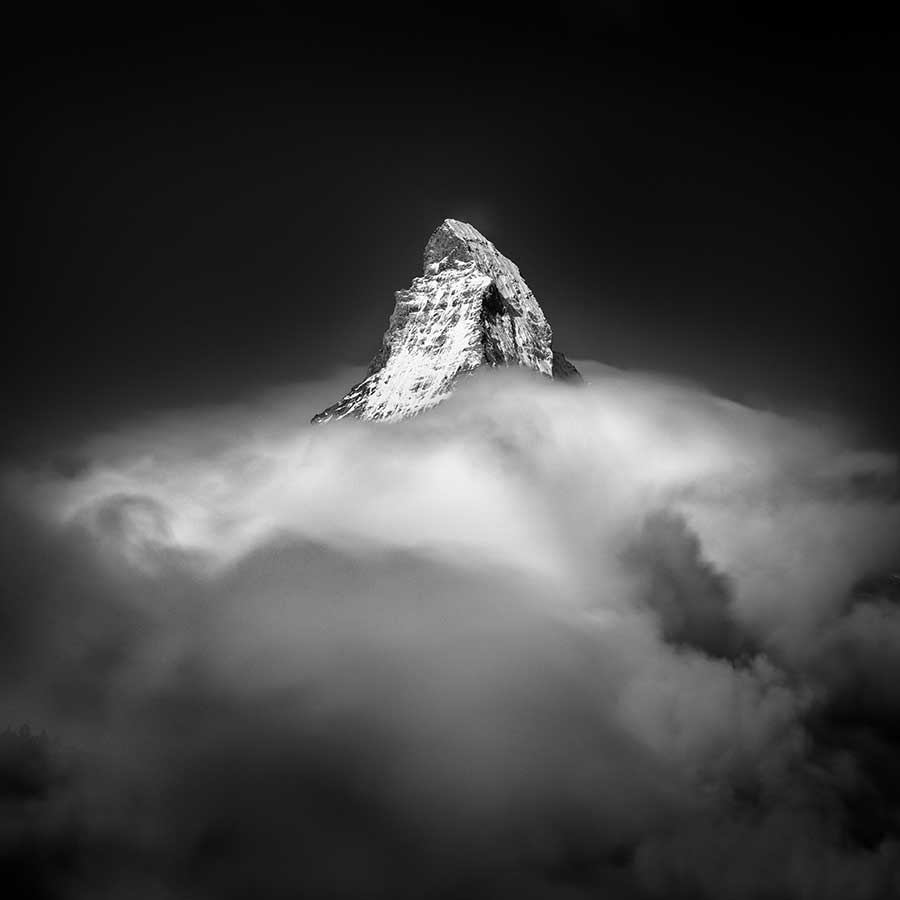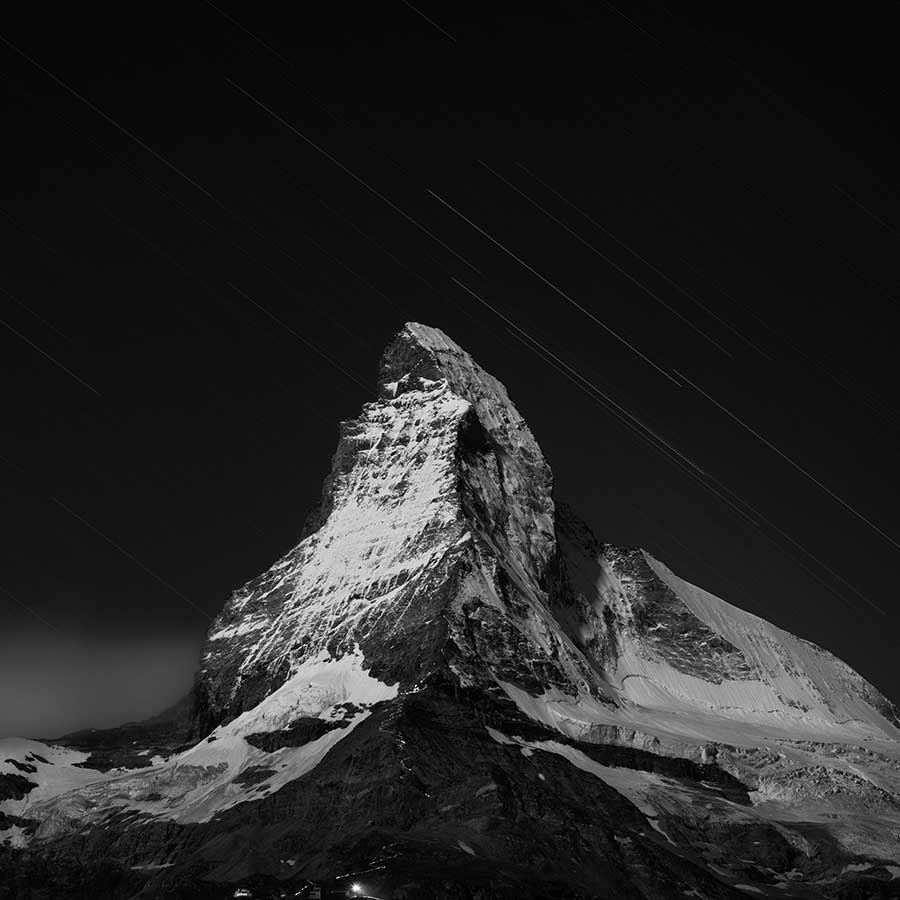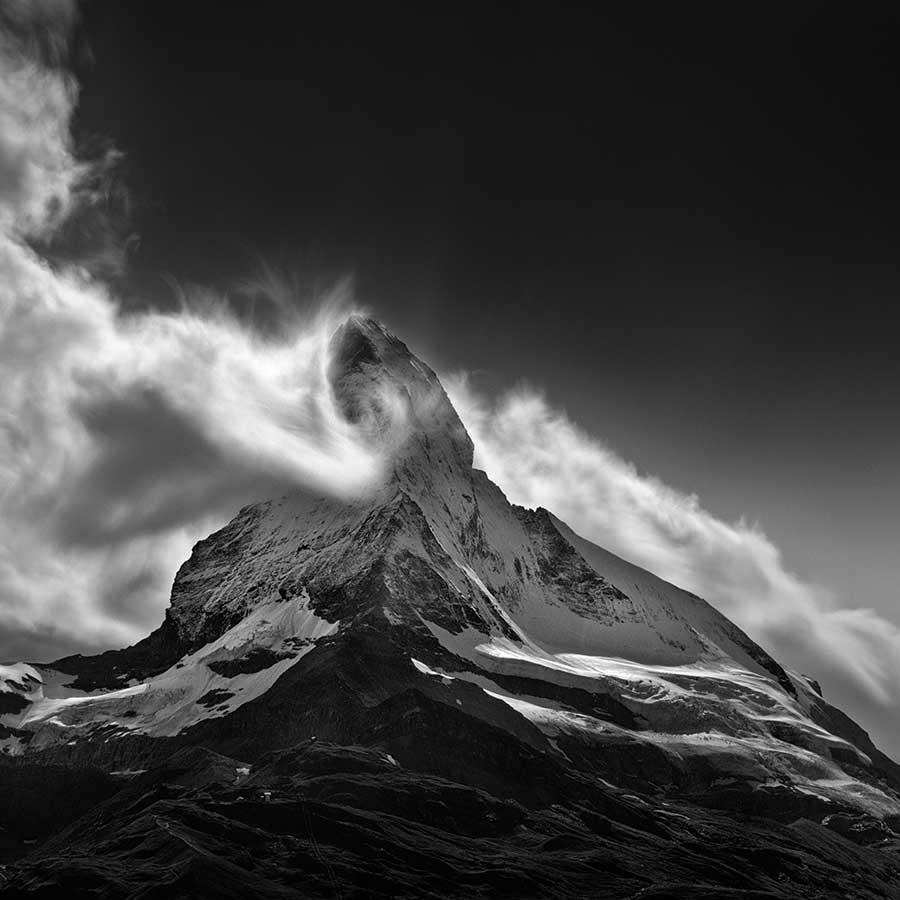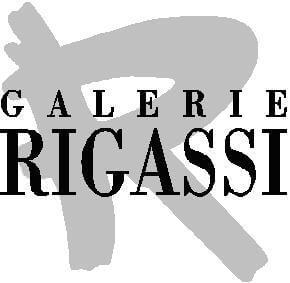Nenad Saljic, born 1961 in Croatia, is a photographic artist. After obtaining a PhD in Economics and spending 18 years in the world of business, he decided to dedicate himself to his art projects.
Trained as a mountaineer and caver in his youth, Saljic is inspired by his love of nature’s most ancient textures, forms and shapes. His black-and-white photography is a testament to his ability to capture nature’s essence, whether it’s award-winning portraits of the Matterhorn, or the awe-inspiring depths of the Dalmatian caves, revealing earth’s geological history.
His current projects include three artist books: Matterhorn: Portrait of a Mountain, Petrified, which will showcase his explorations of the Dalmatian caves, and Birth of a Ship, a photographic journal recording the reproduction of a traditional wooden boat.
Can you tell us a little about yourself?
I’m a photographic artist, born in 1961 in Croatia. After obtaining a PhD in Economics and spending 18 years in the world of business, I dedicated myself entirely to my art projects. I currently live and work in Split, Croatia.
How did you get interested in photography?
I was introduced to photography by my bellowed math teacher in a primary school. He also took a whole class on a two-day hiking trip on the mountain above Split. We were only 12 years old and some were not so enthusiastic, however I was hooked on mountaineering and photography ever since.
Have any artist/photographer inspired your art?
It is hard to tell exactly, my inspiration is built up by the experience and cultural background, not by a single artist. However, I could say that I like the woodblock print series of Mount Fuji by Hokusai, a Japanese ukiyo-e painter; the Mont Sainte-Victoire series of oil paintings by Paul Cézanne and the Water Lilies series by Claude Monet. As for the photographers, I love the work of Hiroshi Sugimoto and, of course, the work of Ansel Adams made a mark.
Could you please tell us anything about your technique and creating process?
I usually work on long-term projects that require a lot of thinking, experimenting and editing. There is no single recipe, it is always a lot of work, either photographing in the field or later in the post processing. I don’t sleep with my camera, I don’t bring it all the time with me; I like to observe, to reflect and to feel the object of my work before I start photographing.
Describe your ideal photographic situation
Spending time in the Alps with no time limit and with unlimited budget.
How much preparation do you put into taking a photography?
The most important is mental preparation, to have a clear concept about the project. Everything else is just a technique and routine, necessary but far from being enough.
What’s your useable-to-unusable ratio when you review images from a shoot?
I don’t think such things are important at all. This is a kind of useless information that could misguide young photographers. If you are experimenting, for example, there will be a lot of unusable images, however each of them could tech you and lead to the final result. It really doesn’t matter how many shots you do if result is achieved.
What quick advice do you have for someone who wants to improve his or her photography skills?
Let them read the quotation by W. H. Murray, a Scottish mountain climber, from his book The Scottish Himalayan Expedition:
“Until one is committed, there is hesitancy, the chance to draw back. Concerning all acts of initiative (and creation), there is one elementary truth, the ignorance of which kills countless ideas and splendid plans: that the moment one definitely commits oneself, then Providence moves too. All sorts of things occur to help one that would never otherwise have occurred. A whole stream of events issues from the decision, raising in one’s favor all manner of unforeseen incidents and meetings and material assistance, which no man could have dreamed would have come his way. Whatever you can do, or dream you can do, begin it. Boldness has genius, power, and magic in it. Begin it now.”
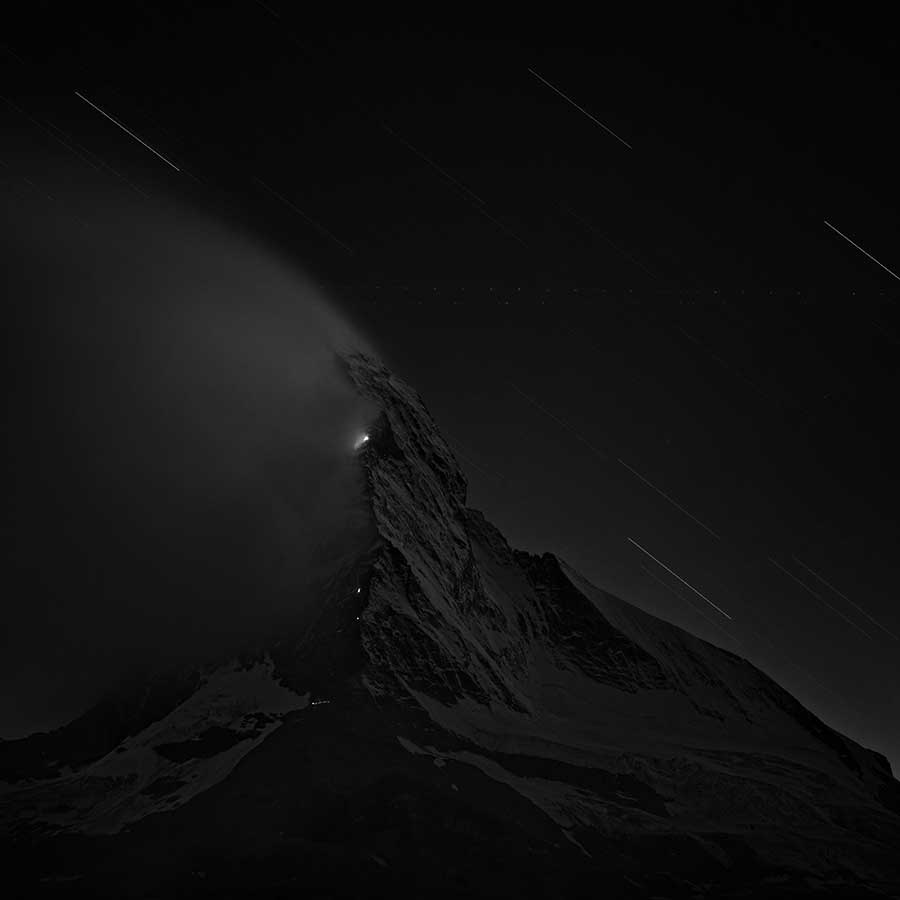
From time to time many photographers find themselves in a creative rut or uninspired to shoot. Does this ever happen to you and if so how do you overcome these phases?
I usually work on two projects at the same time. If I get tired, I continue on the second project, and then I go back. If I get stuck, I leave it for a while to clear my mind. Also, one project could lead you to the next one, and this is what happens to me.
What future plans do you have? What projects would you like to accomplish?
Even though the Matterhorn book has just been published, this is an ongoing project that will last as long as I can walk around the Zermatt area.
I’ve been working on the “Petrified” project since 2010 and I’m planning to make an artist book as well. It is an ongoing project about my explorations of the caves.
Also, I have completed one more book that is waiting to be published – “Birth of a Ship”. It is a photographic journal recording the reproduction of a traditional Falmouth gaff cutter in Split by friend of mine, with poems written by a local writer.
I have a new project and I’m planning to spend a lot of time in the Alps starting this summer.

Thank you very much Nenad Saljic !
Nenad Šaljić: MATTERHORN
Portrait of a Mountain \ Porträt eines Berges
ISBN 978-3-033-05067-9
Bilingual English\German
Hardcover\30×30 cm\120 pages
43 Black & White Duotone Photographs
Publisher: Orada & Galerie Rigassi Bern, Switzerland
Price \ Preis: 96.00 CHF
(65.00£\92.00€\102.00$)



